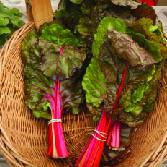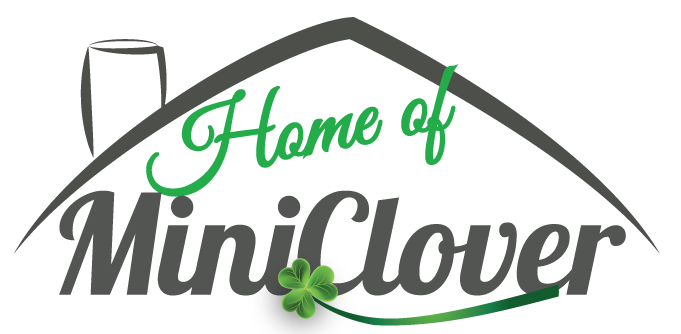-
CATEGORY ::
- All Seeds /
- All Herb Seeds



Perilla Frutescens Seeds
SEASON
Annual
USDA ZONES
3 - 11
HEIGHT
36 inches
BLOOM SEASON
Mid summer to early fall
BLOOM COLOR
Pink to white
ENVIRONMENT
Full sun
SOIL TYPE
Light to medium moist well-drained and rich soil, pH 6.1 - 7.8
SEASON
Perennial
USDA ZONES
5 - 8
HEIGHT
24 - 36 inches
BLOOM SEASON
Late spring through summer
BLOOM COLOR
Mix
ENVIRONMENT
Full sun
SOIL TYPE
Well-drained, pH 5.8 - 6.8
DEER RESISTANT
Yes
SEASON
Perennial
USDA ZONES
5 - 8
HEIGHT
16 inches
BLOOM SEASON
June - August
BLOOM COLOR
White
ENVIRONMENT
Partial shade to full shade
SOIL TYPE
Well drained soil, pH 5.6 - 5.8
DEER RESISTANT
No
LATIN NAME
Panax ginseng
SEASON
Biennial
USDA ZONES
2 - 10
HEIGHT
60 inches
BLOOM SEASON
Late spring to mid summer
BLOOM COLOR
Purple
ENVIRONMENT
Full sun to partial shade
SOIL TYPE
Well drained, moist soils
DEER RESISTANT
Yes
SEASON
Perennial
USDA ZONES
3 - 7
HEIGHT
16 - 24 inches
BLOOM SEASON
Mid summer to early fall
BLOOM COLOR
Green
ENVIRONMENT
Full sun to partial shade
SOIL TYPE
Rich, well-drained soil, pH 5.6 - 6.5
DEER RESISTANT
Yes
SEASON
Perennial
USDA ZONES
7 - 11
HEIGHT
14 inches
BLOOM SEASON
Mid spring to late summer
BLOOM COLOR
Purple
ENVIRONMENT
Full sun
SOIL TYPE
Light, sandy soil, pH 5.6 - 7.5
DEER RESISTANT
Yes
HOUSE PLANT
Yes
SEASON
Biennial
USDA ZONES
5 - 10
HEIGHT
40 - 55 inches
BLOOM SEASON
Late spring to mid summer
BLOOM COLOR
Pink
ENVIRONMENT
Full sun
SOIL TYPE
Grows in any type of soil, pH 6.6 - 7.8
DEER RESISTANT
Yes
SEASON
Annual
USDA ZONES
5 - 9
HEIGHT
20 - 24 inches
BLOOM SEASON
Mid summer to early fall
BLOOM COLOR
Yellow
ENVIRONMENT
Full sun
SOIL TYPE
Well drained, dry, rocky, poor soils
DEER RESISTANT
Yes
About...
Beefsteak Plant (Perilla Frutescens) - This must-have for the herb garden is an annual that goes by many different common names including: Ao Shiso, Beefsteak Plant, Ji Soo, Purple Perilla, Shiso, Wild Basil, Wild Red Basil, Chinese Basil, Purple Mint, Rattlesnake Week and Summer Coleus.MORE HERB OPTIONS
Planting Directions
TEMPERATURE
70F
AVERAGE GERM TIME
15 - 30 days
LIGHT REQUIRED
Yes
DEPTH
1/8th - 1/4 inch
SOWING RATE
3 - 4 seeds per plant
MOISTURE
Keep seeds moist until germination
PLANT SPACING
18 - 24 inches
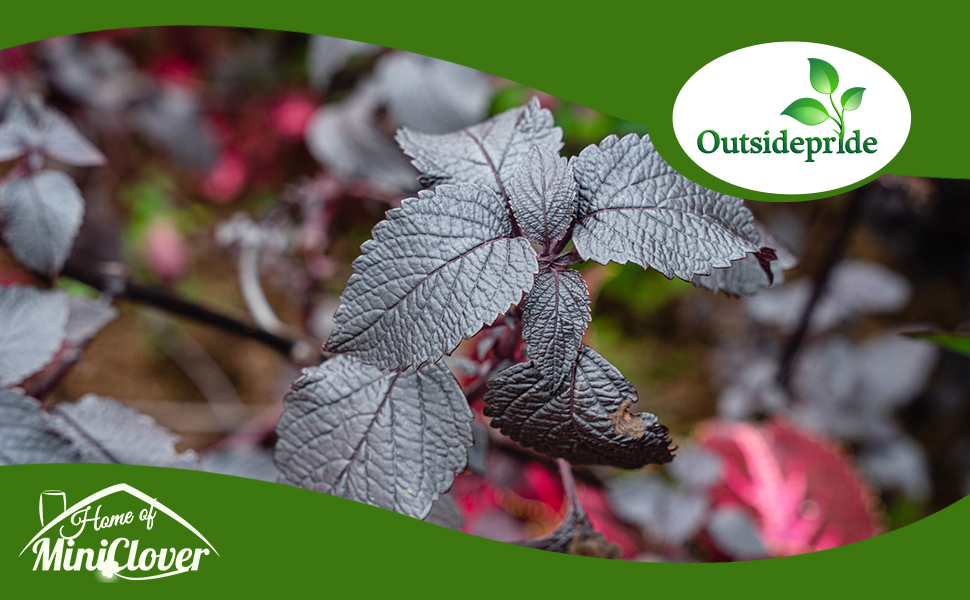
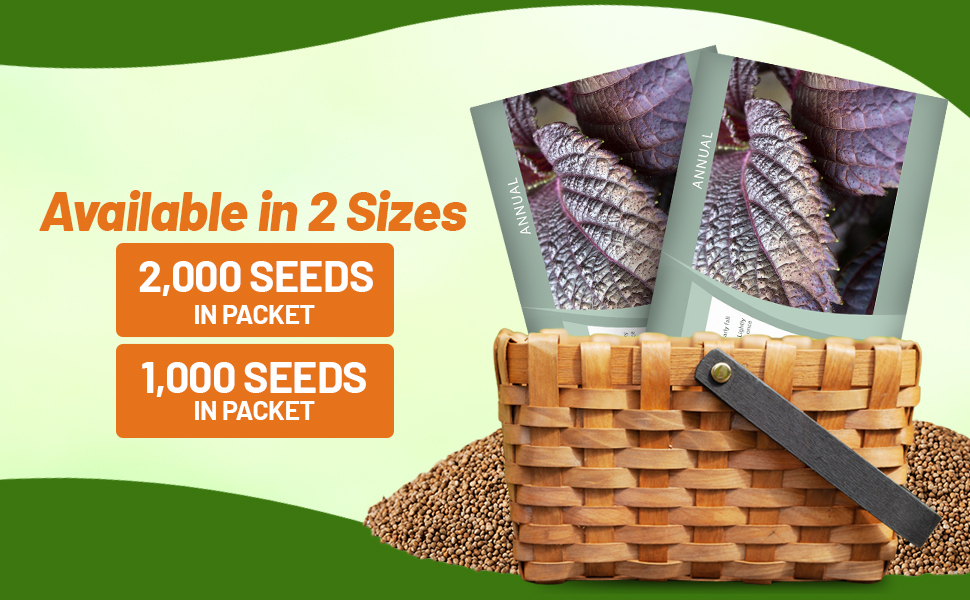
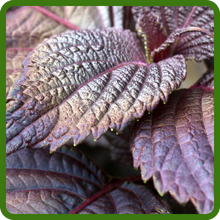
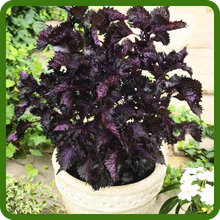
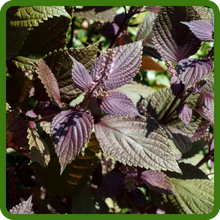
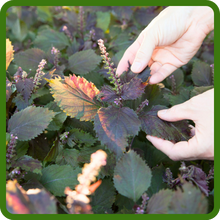
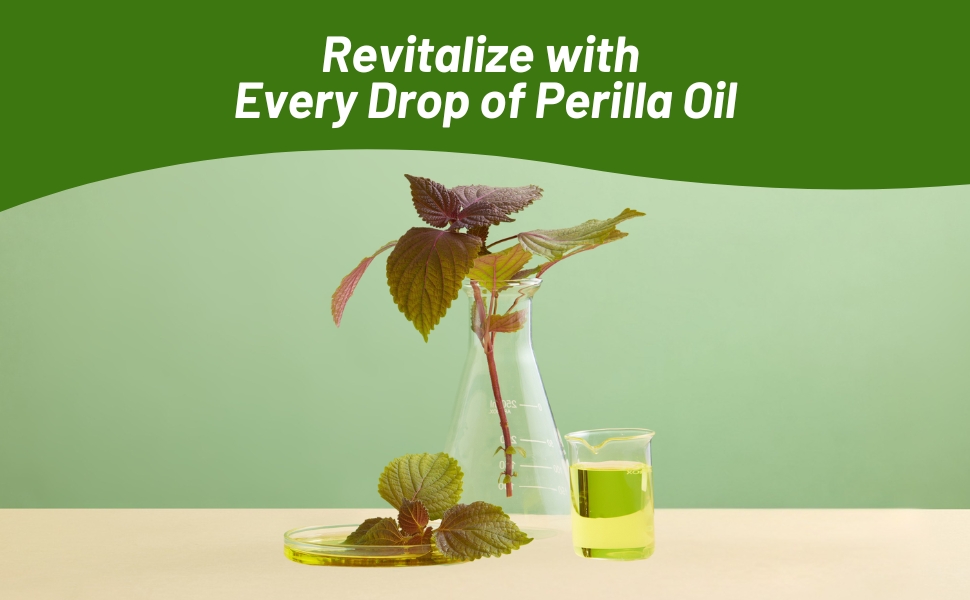
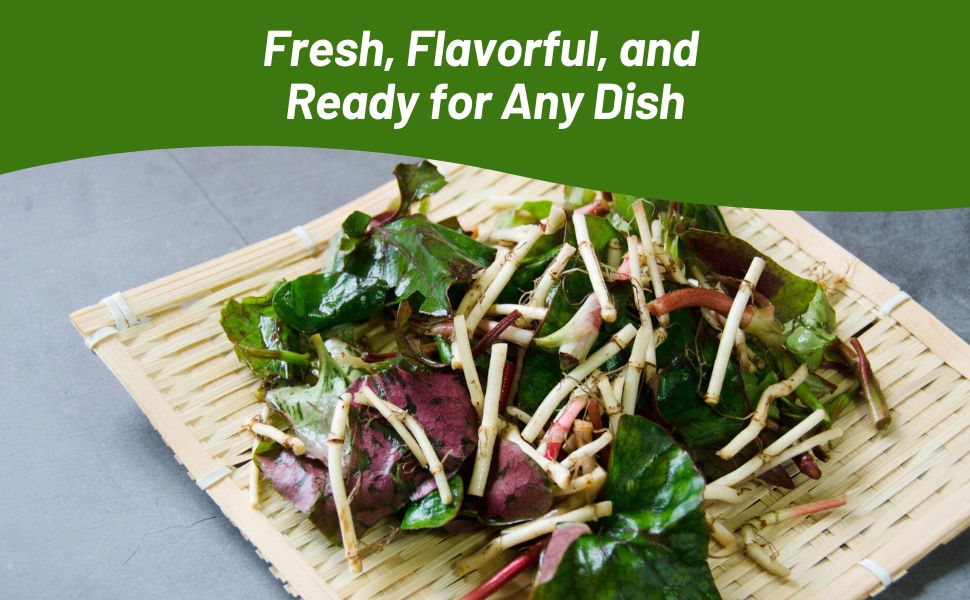
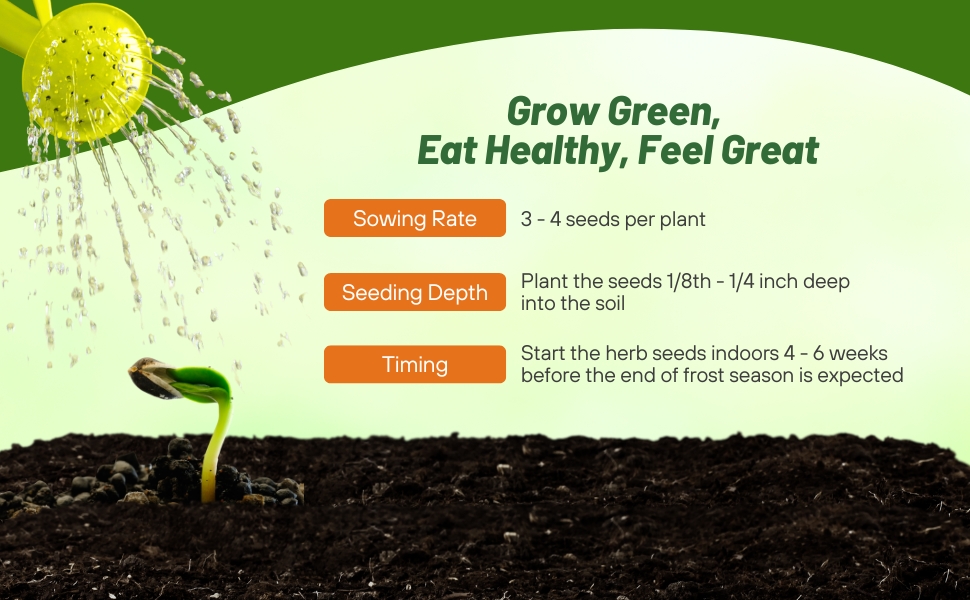
Beefsteak Plant (Perilla Frutescens) - Start Perilla frutescens seeds for a beautiful foliage plant that is also a great culinary herb. This must-have for the herb garden is an annual that goes by many different common names including: Ao Shiso, Beefsteak Plant, Wild Basil, Wild Red Basil, Chinese Basil, Summer Coleus, Wild Coleus, Purple Mint, and there are probably more names for this treasured herb plant. Perilla will grow as a perennial in regions that are frost-free.
This ornamental herb is very attractive with deep purple stems that are square and purple to red tinted leaves. It is a bushy plant and can reach 36 inches in height. Grow Perilla herb in full sun and in rich, moist, and well-drained soil. The Wild Coleus plant is highly aromatic with a minty scent, and it is very attractive to butterflies. In humid climates, the herb plants grow very quickly, and to maintain a neat appearance, pinch the tops off.
As a culinary herb, Perilla is a sweet-spicy flavoring that is widely used in oriental cuisine such as stir fries, raw fish, vegetable dishes, rice and soups. The red color of the Perilla leaves is used to color and pickle fruits and vegetables. The Perilla seeds are used to make nutritious cooking oil as well. Many vitamins and minerals are found in this herb plant, and it is 2000 times as sweet as sugar.
How To Grow Perilla From Herb Seeds: Start the herb seeds indoors 4 - 6 weeks before the end of frost season is expected. Lightly cover the Beefsteak Plant seeds with soil and keep moist. Transplant the Perilla plants outside once temperatures are consistently warm. Give the Purple Mint plants some protection, such as a cloche, until they are growing well.
Common Questions
Are the flower stalks edible?
They make a great garnish for salads. When plants begin to flower it is best to pull them up as the leaves will be bitter.
Should I use foliage fresh or cooked?
This will depend on the maturity of the plant when harvested. If harvesting young foliage is best used fresh in salads, but more mature leaves may be cooked like spinach.
Can I grow plants in a container?
Yes, be sure to use commercial potting mix rather than garden soil when growing in containers.
My perilla bolted, what happened?
Beefsteak are cool season crops and cannot thrive in hot temperatures. If your plants bolt, pull them out and consider growing them again in late summer for a fall crop.
Do I need to pinch back my plants?
If the weather is exceptionally warm and humid, plant tops should be pinched back to encourage bushier growth.
Planting Directions
TEMPERATURE
68F
AVERAGE GERM TIME
14 - 21 days
LIGHT REQUIRED
Yes
DEPTH
Do not cover the seed but press into the soil
SOWING RATE
8 seeds per plant
MOISTURE
Keep seeds moist until germination
PLANT SPACING
18 - 24 inches
Verbascum (Verbascum Phoenicium Hybrids Mix) - This free flowering mix grown from Verbascum seeds will give your garden weeks of lovely colors. Commonly called Purple Mullein, this plant has dark green, crinkly leaves and beautiful spikes of papery-thin, round 5 - petaled blooms in shades of white, rose, and violet. The Purple Mullein plant starts blooming from the bottom of the spike and proceeds upward, opening one by one. Mullein flowers look lovely in a mixed border, and they can bloom from late spring up until the first frost. It is both deer and rabbit resistant, and butterflies love it! Verbascum flowers are excellent for cutting as well. Also considered to be a medicinal herb, the Mullein herb has diuretic, analgesic, expectorant, and antiseptic properties.
How To Grow Mullein From Seed: Plant Mullein seeds indoors 6 - 8 weeks before last frost date. Lightly press the Verbascum flower seeds into the soil, but do not cover with soil since the seeds need light to germinate. Keep constantly moist, not wet, and the herb seeds will germinate in 14 - 21 days. For outdoor sowing, wait until frost danger has passed, and sow Purple Mullein seeds directly into prepared seed bed. Spacing should be about 18 - 24 inches apart. Verbascum Mullein will bloom the first year if the flower seeds are sown early enough in the season. Flowers can be left on to self-seed or can be deadheaded to encourage more blooming.
Common Questions
Is verbascum deer resistant?
Yes, deer and rabbits tend to avoid these plants.
Can I grow verbascum in a container?
We do not recommend planting in containers due to their size.
Does verbascum attract pollinators?
Yes, it attracts bees, hummingbirds and beneficial insects as well.
Can I move my verbascum, I don’t like where I planted it?
We do not recommend moving established verbascum as it has a tap root which can be easily damaged.
How is this flower used in the landscape?
This plant is very adaptable. It can be used in borders, beds, gravel gardens, cottage gardens and informal gardens.
What are some good companion plants for Verbascum?
Geum and oriental poppies are lovely with these flowers.
Do I need to deadhead my blooms?
Yes, to encourage a longer bloom season you will need to deadhead your spent blooms. This also helps to keep your plants looking tidy. At the end of your bloom season cut the stalk to its base.
Planting Directions
TEMPERATURE
Max 41F
AVERAGE GERM TIME
Germination irregular, often many months
LIGHT REQUIRED
Yes
DEPTH
1 1/2 inch
SOWING RATE
1 - 2 seeds per plant
MOISTURE
Keep seeds moist until germination
PLANT SPACING
6 - 9 inches
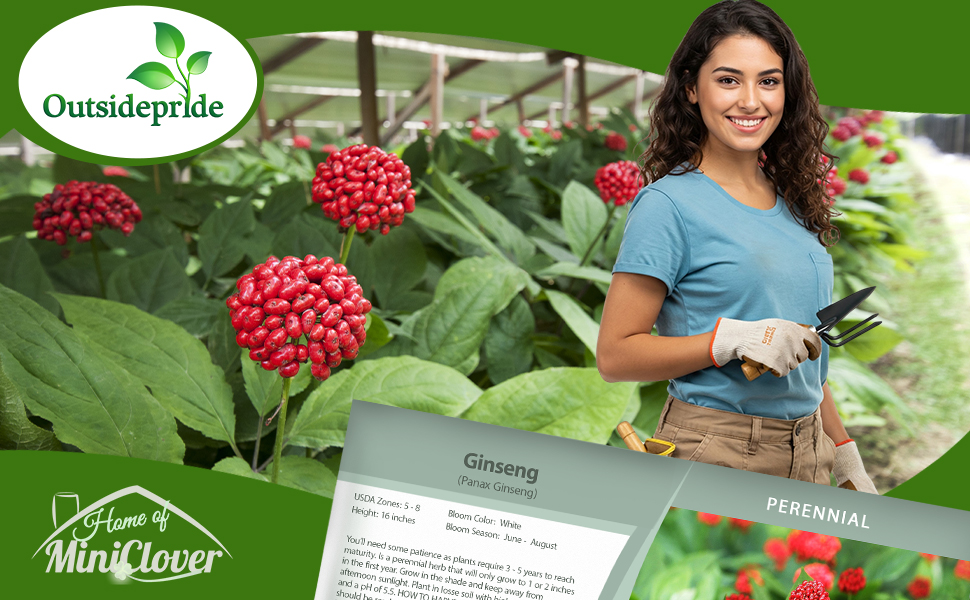

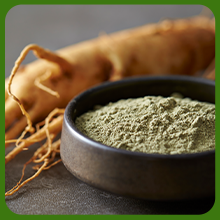
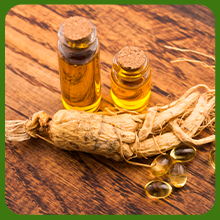


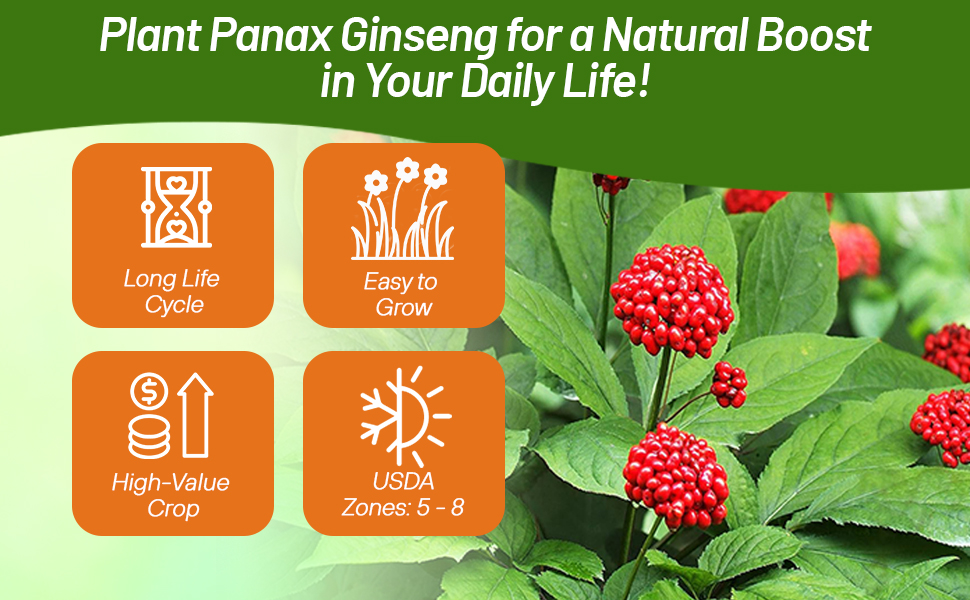

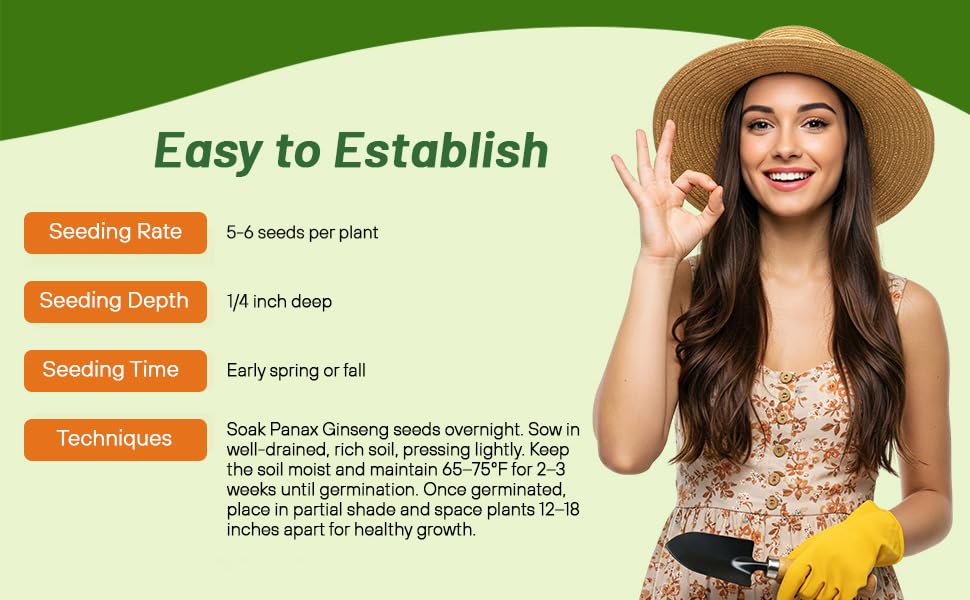
Ginseng (Panax Ginseng) - Anybody with an interest in herbal medicine has heard of the herbal root ginseng. Many people can benefit greatly from panax ginseng. This particular ginseng, which is often called Asian, Chinese and Korean Ginseng, is the most widely used type of ginseng. The ginseng root has been used as medicine for dozens of ailments throughout China for more than 4,000 years. The demand for this root is immense; therefore, increases the value to often more than $500 per pound. Ginseng typically takes at least seven years to reach a desirable size, so it is a slow but profitable crop.
After harvest, its roots are heated and soaked in a liquid containing other herbs when they are processed which causes the ginseng root to turn red.
















